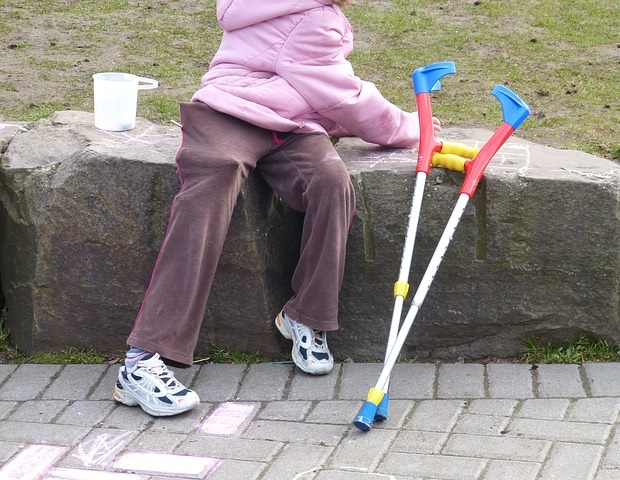Young people involved in the foster care system are at higher risk of mental illness diagnoses, trauma, and poor adult outcomes compared to their peers. There is a lack of research on how young people with disabilities, such as autism and intellectual disabilities, interact with the system. Evidence about how young people with autism and intellectual disabilities in the foster care system access and use services is needed to advance ways to improve their outcomes.
In a paper recently published in the Journal of the American Medical Association (JAMA) Pediatrics, researchers from the A.J. Drexel Autism Institute at Drexel University, in collaboration with the George Mason University School of Social Work and the University of North Carolina at Chapel Hill School of Social Work, conducted a cross-sectional analysis to examine foster care involvement of youth with intellectual and developmental disabilities (including autism) and the evolution of the foster care system in the United States using a cross-sectional section of 2016 national Medicaid claims data.
In 2016, there were more than 430,000 youth in the U.S. foster care system. Researchers found that the population of youth with intellectual and developmental disabilities in foster care increased significantly to nearly 40,000 (about 9%), and rates of autism and intellectual disabilities among foster care youth were two to five times higher than in the general U.S. population. Among youth with intellectual and developmental disabilities, black and female youth were at higher risk of foster care involvement compared to white or male youth. The risk of foster care involvement for youth with intellectual and developmental disabilities was also found to increase with age.
“Understanding how youth with intellectual and developmental disabilities are engaged in the foster care system is an important first step in identifying priorities for needed policy and program changes. Our collaborative team of public health, policy, and social service experts sought to understand this group in the Medicaid system.”
Lindsay See, PhD, associate professor and director of the Center for Policy Analysis at the Autism Research Institute, and lead author of the study
The research team used the largest source of Medicaid claims data to examine the entire Medicaid system in the United States. Studying Medicaid youth with intellectual and developmental disabilities in foster care is timely and important because Medicaid is the primary insurer of youth with intellectual and developmental disabilities and youth in the foster care system. However, there may be barriers in how states link services for youth with intellectual and developmental disabilities to the foster care system.
“This study centers the experiences of foster care youth, who are highly vulnerable and often invisible. The first step to supporting these young people is to make their experiences visible,” said Amy Blank Wilson, PhD, associate professor at the University of North Carolina at Chapel Hill and co-author of the study.
Research focused on autism is often limited to barriers to reaching marginalized groups, sometimes with competing family and individual demands. The use of secondary data sources, such as Medicaid claims, offers innovative opportunities to observe the experiences of people enrolled in the Medicaid system. This research also offers new ways to realign or align Medicaid policies and programs, such as strengthening support for young people with intellectual and developmental disabilities in nursing homes.
“A strength of this study is its emphasis on intersecting identities such as race, ethnicity, gender, age and disability,” said Melissa L. Villodas, PhD, assistant professor at George Mason University and co-author of the study. “The more we know about the unique challenges compounded by marginalization, the better we can address them in our efforts toward equitable policy and practice.”
sauce:
Journal References:
Shea, L., et al. (2024). Foster care involvement of youth with intellectual and developmental disabilities. JAMA Pediatrics. doi.org/10.1001/jamapediatrics.2023.6580.

